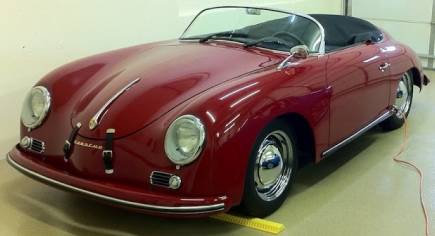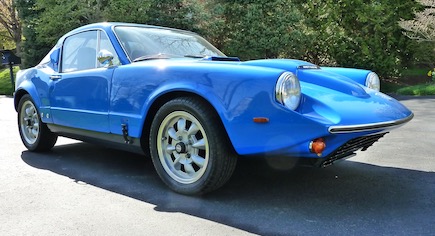Legacy of the Porsche 356
In the aftermath of World War II, many car manufacturers, especially European ones, experimented with the relatively less expensive roadster or spyder configuration: a topless two-seater sports car. Ferry Porsche, son of pioneering automotive engineer Ferdinand Porsche, developed a sports car based on VW parts in 1947-48 that is generally considered to be the “grandfather” of the Porsche 356 models.

1948 Porsche 356th prototype, the grandfather of the 356 series
The 356th Prototype
The 1948 prototype, sequentially the 356th design concept of the small entrepreneurial team, was introduced in 1948 as the Porsche 356. From the beginning, the Porsche featured an engine mounted just in front of the rear axle that, some sixty years later, is well suited to an electric motor.
The 356A Type 2 Speedster
In 1957, several small but important changes resulted in the Porsche 356A Type 2 Speedster that provides an ideal platform for electric conversion. Porsche sold 1,171 Speedsters in 1957, its peak year of sales. The 356 Speedster remained in production until 1966.
The Cars
Porsche 356 Speedster

The iconic Porsche Speedster proved to be an excellent EV conversion candidate due to its low weight, relatively simple design, and ample front/rear compartments for mounting pristmatic lithium battery cells. Weight distribution was improved over the original rear engine configuration with better acceleration and overall performance.
Saab Sonett

The unusual fiberglass Sonett, originally powered by a Ford V4 engine, combines a low center of gravity and front wheel drive, optimal for our high performance EV conversion. Without the need to accomodate a long drive train, the space behind the two seats was used for additional batteries. The original four-speed transmission remains intact along with the braking system.